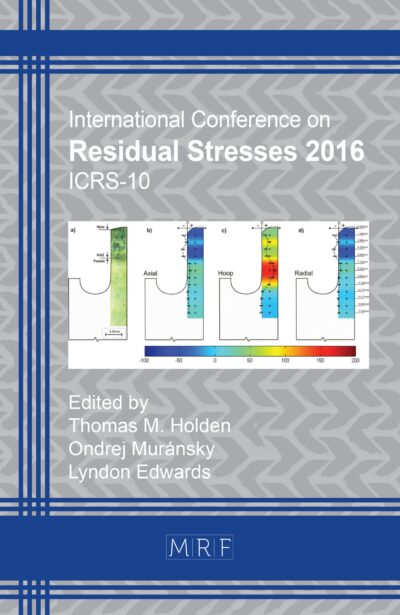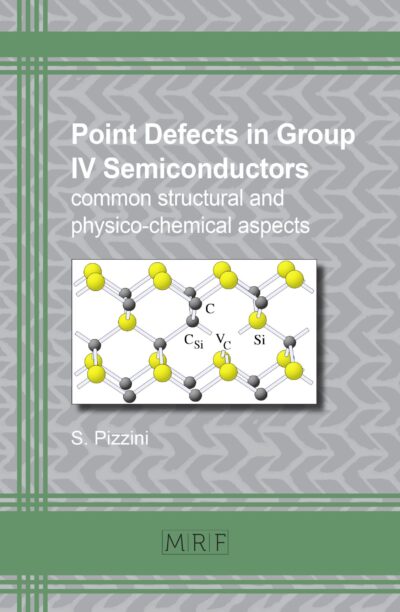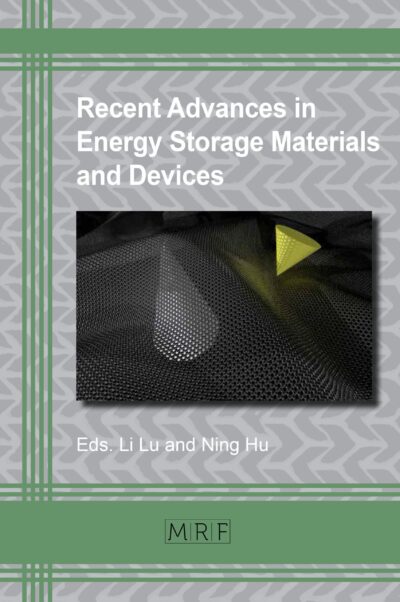Carbon-Capture by Metal-Organic Framework Materials
David J. Fisher
Materials Research Foundations Vol. 77
Publication Date 2020, 140 Pages
Print ISBN 978-1-64490-084-0 (release date July, 2020)
ePDF ISBN 978-1-64490-085-7
DOI: 10.21741/9781644900857
Metal-Organic Framework Materials (MOFs) are well suited for absorbing carbon dioxide. MOFs can form highly-porous structures with great adsorption capacities. They also offer good catalytic properties and much research refers to the relationship between catalytic performance and framework structure. In addition to simple CO2 absorption, there are other interesting applications, such as the direct electrochemical reduction into useful chemicals and fuels, the conversion of CO2 into methanol, the electrochemical reduction of CO2, or electrocatalytic hydrogen evolution (thus boosting the ‘hydrogen economy’). The book references 295 original resources and includes their direct web link for in-depth reading.
Keywords
Global Warming, Carbon Dioxide Capture, Metal-Organic Frameworks MOFs, Adsorbents for CO2, Porous Solids, Catalytic Performance, Synthesis of MOFs, Conversion of CO2 into Methanol, Electrocatalytic Hydrogen Evolution, Hydrogen Economy, Gas Adsorption, Gas Separation, Organic Ligands, Metal Ion Clusters
Table of contents
Introduction 1
Aluminium- 6
Barium- 10
Bismuth- 11
Cadmium- 11
Calcium- 17
Cerium- 17
Chromium- 18
Cobalt- 21
Copper- 30
Europium- 47
Hafnium- 48
Indium- 51
Iron- 53
Lead- 56
Lithium- 58
Magnesium- 59
Manganese- 62
Molybdenum- 63
Nickel- 63
Ruthenium- 67
Samarium- 68
Scandium- 68
Silver- 68
Terbium- 69
Titanium- 70
Zinc- 71
Zirconium- 89
Miscellaneous 102
References 110
Keyword Index 134
About the Author 135
Google Preview
Outbound links:
https://en.wikipedia.org/wiki/Carbon_capture_and_storage
Please contact us if you would like to have your laboratory link appear here.














